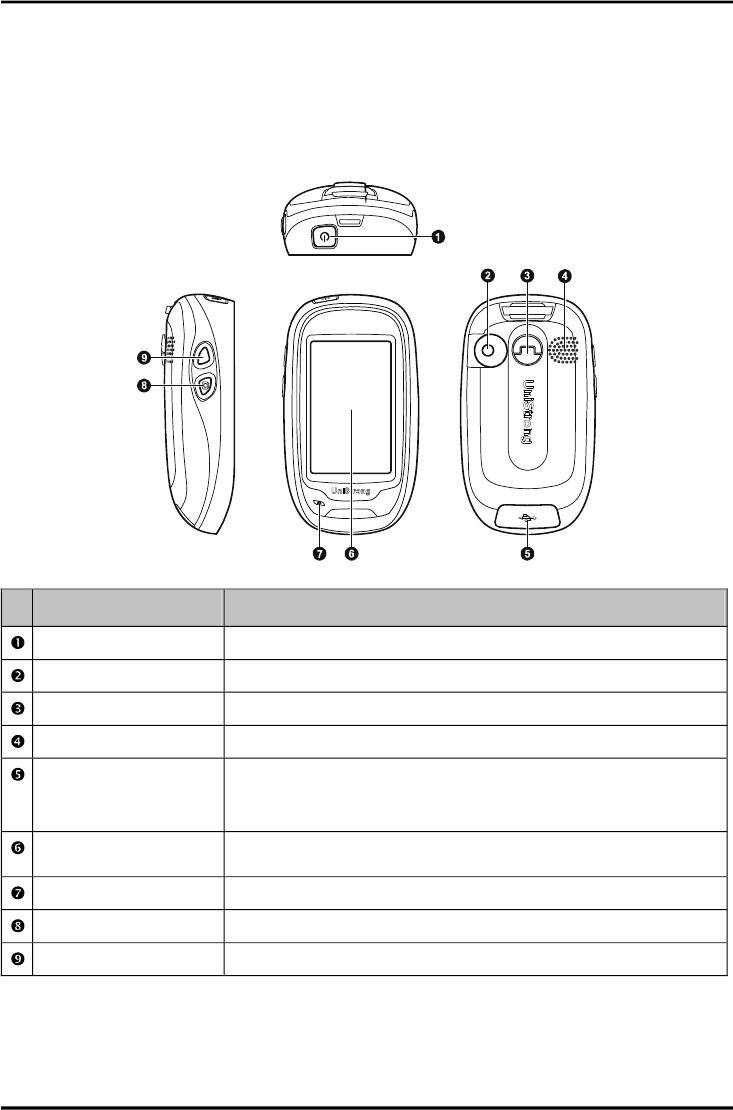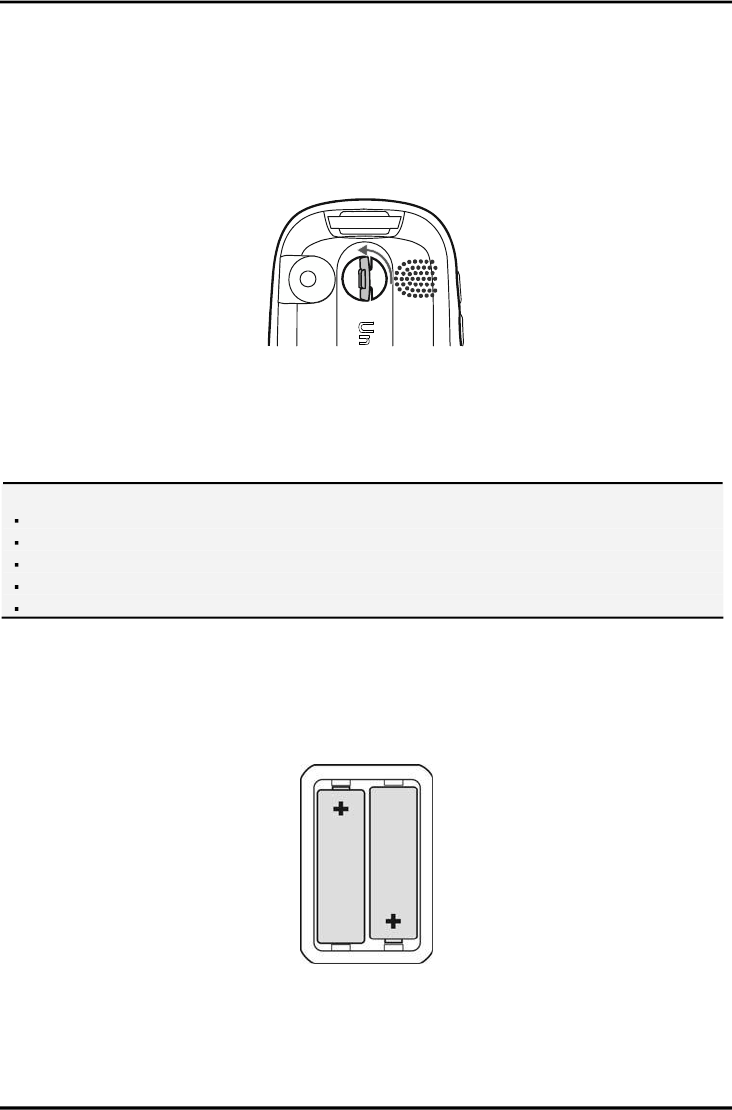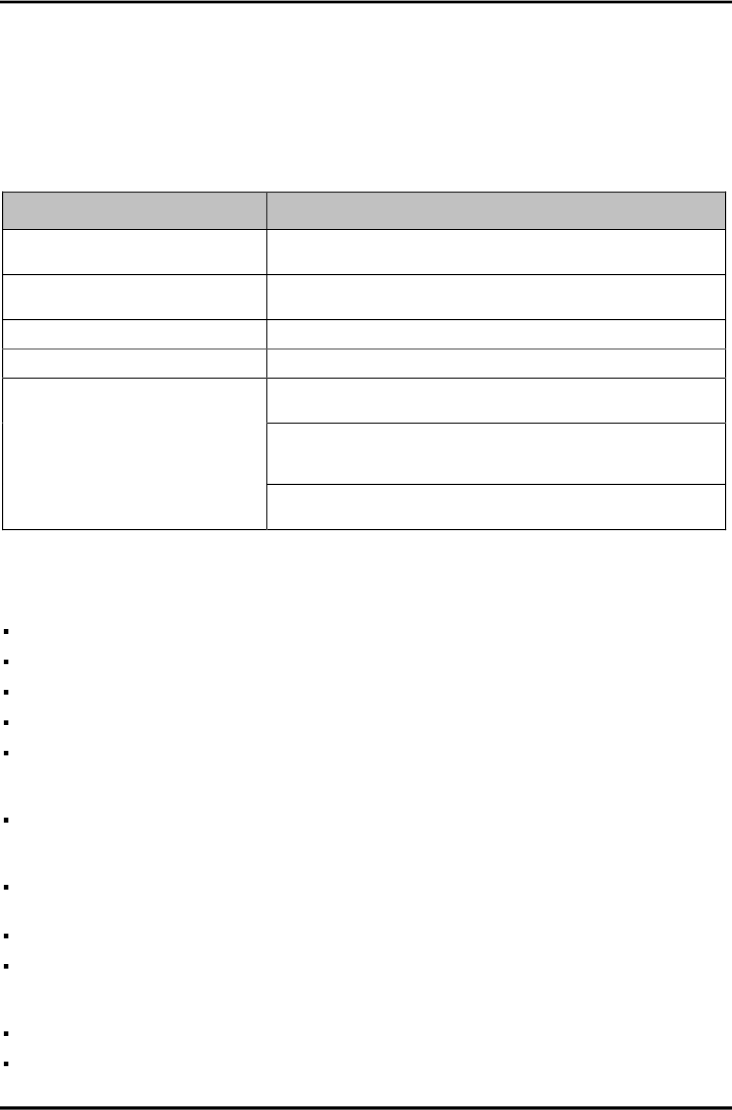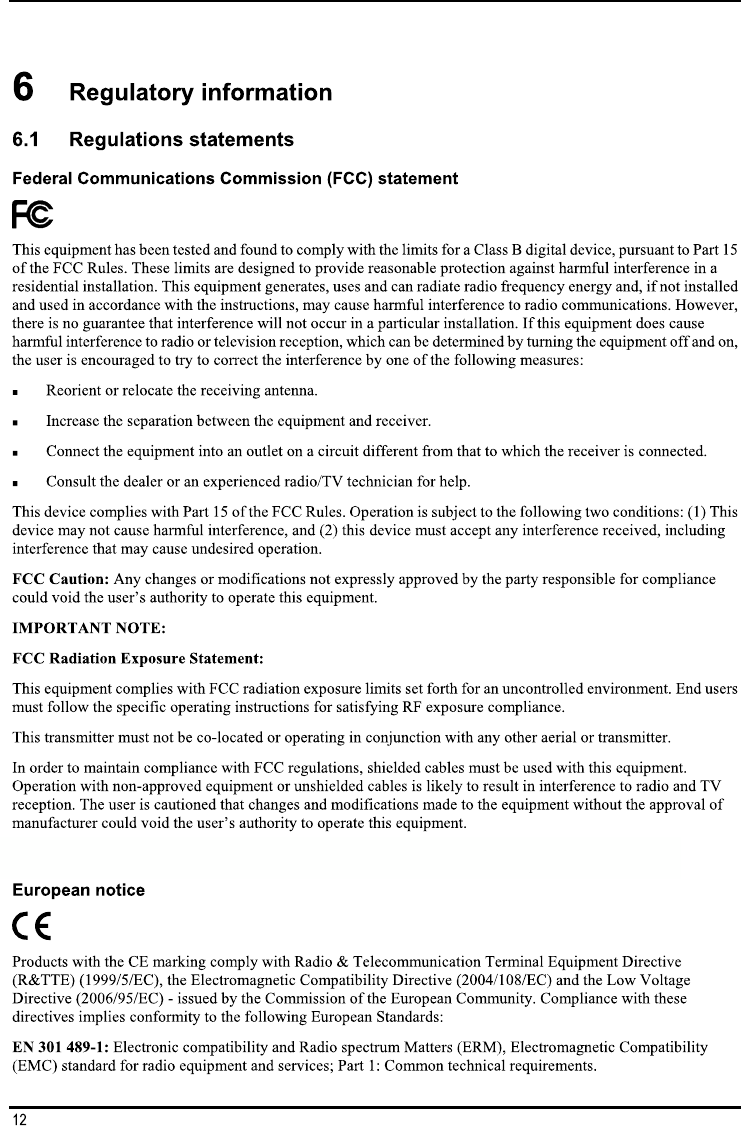Mitac Digital Technology E712 Handheld GPS Navigator User Manual
Mitac International Corporation Handheld GPS Navigator
User manual

Handheld GPS Navigator
Russell Series
User Manual
Revision: R00
(12/2010)
Trademarks
All brand and product names are trademarks or registered trademarks of their respective companies.
Disclaimer
Specifications and documents are subject to change without notice.
Notes
Not all models are available in all regions.
Depending upon the specific model purchased, the colour and look of your device and accessories may not exactly
match the graphics shown in this document.
The screenshots and other presentations shown in this document are for reference only. They may differ from the
actual screens and presentations generated by the actual product.

3
Table of Contents
1 Getting started..........................................................................................4
1.1 Getting to know your device...........................................................................4
1.2 Opening the battery door...............................................................................5
1.3 Installing the batteries....................................................................................5
1.4 Using a memory card.....................................................................................6
2 Getting to know the basics......................................................................7
2.1 Turning on and off..........................................................................................7
2.2 Navigating on the screen...............................................................................7
3 Bluetooth connectivity.............................................................................8
4 Navigation.................................................................................................9
4.1 About GPS.....................................................................................................9
4.2 Precautions and notices.................................................................................9
4.3 Starting the GPS Position..............................................................................9
5 Reference................................................................................................10
5.1 Troubleshooting...........................................................................................10
5.2 Caring for your device..................................................................................10
6 Regulatory information..........................................................................12
6.1 Regulations statements................................................................................12
Federal Communications Commission (FCC) statement.............................12
European notice...........................................................................................12
6.2 Safety precautions.......................................................................................13
About charging.............................................................................................13
About the charger.........................................................................................13
About the battery..........................................................................................14

4
1
Getting started
1.1 Getting to know your device
Name Description
Power button Turns your device on and off.
Camera lens Takes aim at the subjects for pictures.
Battery door lock Loosens and secures the battery door.
Speaker Sends out sounds.
Mini-USB connector Connects to the USB cable.
Note: Please make sure to close the protection cover firmly when not using the
connector to prevent water or dirt from entering the connector.
Touch screen Displays the output of your device. Tap the screen with your fingertip to select menu
commands or enter information.
Microphone Receives sound and voice.
Camera button Takes pictures.
Function button You can customise the function of this button.

5
1.2 Opening the battery door
1.
Raise the arm, and turn the battery door lock 90 degrees counter clockwise.
2.
Lift the top of the battery door until the pivot point at the bottom releases, allowing the cover to become free
from the device.
When reinstalling the battery door, make sure to first insert the hinge point at the base of the cover and then close
the top of the cover. When the cover is connected closely to the device, turn the battery door lock 90 degrees
clockwise to secure it.
1.3 Installing the batteries
CAUTION:
Do not heat, open, puncture, mutilate, or dispose of batteries in fire.
Use only the correct type of battery.
When not using the battery for a long period (more than one month), remove the batteries to prevent damage from battery corrosion.
In case the battery leaks, clean the liquid and install a new battery.
Check the regulations of your local government for proper battery disposal.
1.
Open the battery door (See the previous “Opening the battery door“ for information.)
2.
Place two “AA” batteries in the battery compartment. A diagram in the interior of the battery compartment
shows the orientation of the batteries.
3.
Replace and secure the battery door. (See the previous “Opening the battery door“ for information.)

6
1.4 Using a memory card
Note: The product’s compatibilities with MicroSD cards from all manufacturers are not guaranteed.
CAUTION: Do not apply pressure to the centre of the memory card.
1.
Open the battery door (See the previous “Opening the battery door“ for information.)
2.
Remove the batteries (if installed).
3.
Slide the silver retaining plate towards the top of the device, and then lift the retaining plate up with your
fingernail.
4.
Insert a MicroSD card with the contacts down, pointing towards the top.
To remove a card, gently push the top edge of the card inwards to release it, and pull it out of the slot.
5.
Close the retaining plate and slide towards the bottom of the device, locking the card in place.
6.
Reinstall the batteries. (See the previous “Installing the batteries“ for information.)
7.
Replace and secure the battery door. (See the previous “Opening the battery door“ for information.)
8.
Hold the MicroSD card by the edges and gently insert it into the slot with the label facing the back of your
device.

7
2
Getting to know the basics
2.1 Turning on and off
To turn on the device, press the power button for 1 second.
To turn off the device, press and hold the power button for 3 seconds.
To reset the device, press and hold the power button for 10 seconds.
2.2 Navigating on the screen
To operate your device, touch the screen with your fingertip. You can perform the following actions:
Tap
Touch the screen once with your fingertip to open items or select on-screen buttons or options.
Drag
Hold your fingertip on the screen and drag up/down/left/right or across the screen. (This is not supported by
all applications.)

8
3
Bluetooth connectivity
Note: Bluetooth connectivity is not available on Russell 500.
If you have a mobile phone with Bluetooth wireless technology, you can use your device as a hands-free car kit or
to provide an internet connection. It can also be used to connect to a Bluetooth mono/stereo earphone to output
audio. Models with Bluetooth capabilities can exchange information over a distance of about 10 meters (30 feet)
without requiring a physical connection.
Before you can use this feature you must pair your mobile phone with your device. Ensure that the Bluetooth
wireless feature of your mobile phone is turned on before you begin pairing. When you search for or connect to a
mobile phone/ headset, the Bluetooth on your device will be turned on automatically. To save power, Bluetooth is
set to OFF by default.
Note: Not all phones with Bluetooth wireless technology are compatible with your device.

9
4
Navigation
4.1 About GPS
The GPS (Global Positioning System) navigation is made possible by a network of satellites. Each satellite
transmits a range of signals which are utilized by GPS receivers to determine an exact location. A minimum of 4
GPS satellite signals are typically required to provide a position or “GPS fix” (latitude and longitude) for vehicle
navigation systems.
GPS signals are available at any time, free of charge.
4.2 Precautions and notices
For your own safety, do not operate the controls of the product while driving.
Use this product prudently. The product is intended for use solely as a navigation aid. It is not for precise
measurement of direction, distance, location or topography.
The calculated route is for reference only. It is the user’s responsibility to follow the traffic signs and local
regulations along the roads.
When you get out of the car, do not leave your device on the dashboard subjected to direct sunlight.
Overheating of the battery can cause malfunction and/or danger.
GPS is operated by the United States government, which is solely responsible for the performance of GPS.
Any change to the GPS system can affect the accuracy of all GPS equipments.
GPS satellite signals cannot pass through solid materials (except glass). When you are inside a tunnel or
building, GPS positioning is not available.
A minimum of 4 GPS satellite signals is needed to determine current GPS position. Signal reception can be
affected by situations such as bad weather or dense overhead obstacles (e.g. trees and tall buildings).
Other wireless devices in the vehicle might interfere with the reception of satellite signals and cause the
reception to be unstable.
A car holder is needed when using the device in a car. Be sure that you place the device in an appropriate
place, so as not to obstruct the driver’s view, or deployment of airbags.
4.3 Starting the GPS Position
When the map is loaded, GPS positioning automatically starts. The first time you use your device, it may take up to
several minutes to establish a GPS connection. To guarantee the optimum GPS signal strength, make sure that your
device is placed outdoors, or in a vehicle outdoors, and the device has an unobstructed view of the sky.
Once the system has a fix on your position, you will see on the screen a yellow arrow in a circle indicating your
current position.
For the detailed information on the navigation software, please refer to the other manual.

10
5
Reference
5.1 Troubleshooting
Note: If you encounter a problem you cannot solve, contact an authorised service centre for assistance.
Problem Solution
Power does not switch on when using battery
power. The remaining battery power may be too low to run your device. Change the
batteries.
Screen responds slowly. Make sure that your device is not running out of battery power. If the problem
still persists, reset your device.
Screen freezes. Reset your device.
Screen is hard to read. Make sure that the backlight of the display is set to a high-enough brightness.
Make sure that your device and your computer are both switched on before
trying to establish a connection.
Make sure that the cable is securely plugged into the USB port on your computer
and on your device. Connect the USB cable directly to your computer—do not
run the cable through a USB hub.
Cannot establish a connection with a
computer.
Reset your device before connecting the cable. Always disconnect your device
before you restart your computer.
5.2 Caring for your device
Taking good care of your device will ensure trouble-free operation and reduce the risk of damage to your device.
Keep your device away from excessive moisture and extreme temperatures.
Avoid exposing your device to direct sunlight or strong ultraviolet light for extended periods of time.
Do not place anything on top of your device or drop objects on your device.
Do not drop your device or subject it to severe shock.
Do not subject your device to sudden and severe temperature changes. This could cause moisture
condensation inside the unit, which could damage your device. In the event of moisture condensation, allow
the device to dry out completely before use.
The screen surface can easily be scratched. Avoid touching it with sharp objects. Non-adhesive generic
screen protectors designed specifically for use on portable devices with LCD panels may be used to help
protect the screen from minor scratches.
Never clean your device with it powered on. Use a soft, lint-free cloth to wipe the screen and the exterior of
your device.
Do not use paper towels to clean the screen.
Never attempt to disassemble, repair or make any modifications to your device. Disassembly, modification or
any attempt at repair could cause damage to your device and even bodily injury or property damage and will
void any warranty.
Keep your device and its accessories out of the reach of small children or animals.
Do not store or carry flammable liquids, gases or explosive materials in the same compartment as your
device, its parts or accessories.

11
To discourage theft, do not leave the device and accessories in plain view in an unattended vehicle.
Do not leave the device and its accessories in a vehicle in direct sunlight. Overheating may damage the
device.


13
EN 301 489-17:
Electronic compatibility and Radio spectrum Matters (ERM), Electromagnetic Compatibility
(EMC) standard for radio equipment and services; Part 17: Specific conditions for 2.4 GHz wideband transmission
systems and 5 GHz high performance RLAN equipment.
EN 55022:
Radio disturbance characteristics
EN 55024:
Immunity characteristics
EN 61000-3-2:
Limits for harmonic current emissions
EN 61000-3-3:
Limitation of voltage fluctuation and flicker in low-voltage supply system
IEC 60950-1:2005):
Safety of INFORMATION TECHNOLOGY EQUIPMENT
The manufacturer cannot be held responsible for modifications made by the User and the consequences thereof,
which may alter the conformity of the product with the CE Marking.
Declaration of conformity
Hereby, the manufacturer declares that this device is in compliance with the essential requirements and other
relevant provisions of Directive 1999/5/EC.
This product must not be disposed of as normal household waste, in accordance with the EU directive for waste
electrical and electronic equipment (WEEE – 2002/96/EC). Instead, it should be disposed of by returning it to the
point of sale, or to a municipal recycling collection point.
6.2 Safety precautions
Never attempt to disassemble, repair or make any modifications to your device. Disassembly, modification or
any attempt at repair could cause damage to your device and even bodily injury or property damage and will
void the warranty.
About charging
Use only the charger supplied with your device. Use of another type of charger will result in malfunction
and/or danger.
This product is intended to be supplied by a LISTED Power Unit marked with “LPS”, “Limited Power
Source” and output rated + 5 V dc / 1.0 A”.
Use a specified battery in the equipment.
About the charger
Do not use the charger in a high moisture environment. Never touch the charger when your hands or feet are
wet.
Allow adequate ventilation around the charger when using it to operate the device or charge the battery. Do
not cover the charger with paper or other objects that will reduce cooling. Do not use the charger while it is
inside a carrying case.
Connect the charger to a proper power source. The voltage requirements are found on the product case and/or
packaging.
Do not use the charger if the cord becomes damaged.
Do not attempt to service the unit. There are no serviceable parts inside. Replace the unit if it is damaged or
exposed to excess moisture.

14
About the battery
Use the specified battery type in the equipment.
CAUTION:
The battery can burst or explode, releasing hazardous chemicals. To reduce the risk of fire or
burns, do not disassemble, crush, puncture, or dispose of in fire or water.
Important instructions (for service personnel only)
Caution:
Risk of explosion if battery is replaced by an incorrect type. Dispose of used batteries
according to the instructions.
Replace only with the same or equivalent type recommended by the manufacturer.
The battery must be recycled or disposed of properly.
Use the battery only in the specified equipment.